3rd Secret: TV Color
The third secret to getting the best picture quality is TV color. It is probably the most misunderstood and usually gets overshadowed by intensity or brightness output and contrast. The reason is that good color will usually trade off color accuracy and rendition for a brighter and higher intensity picture. It’s true – just check any of the projector reviews that show the lumen output at various color settings. A projector can lose as much as 50% or more of its brightness when it is in or adjusted to the more accurate TV color settings. Likewise, although not usually published, flat screen TVs will appear and measure less bright when they are set to their most accurate color settings. In a typical retail store or large warehouse club, for example, the TVs are all set up to their brightest and highest contrast picture possible. TV color accuracy is usually way off, and colors become too saturated so that it can compete with and look as bright and as high-contrast as its competitor does. Would you really want to watch a TV program or Blu-ray in that mode? Many people do not know that most sets and some projectors come out of the box in that mode. There is a ton of more refined, accurate, and significant color information that is missed when this is done and best color capability is ignored.

Good quality color is not just bright and vivid colors but a combination of color accuracy, color saturation, color space, and color detail.
One of the real secrets to color is it all starts with great black and white reproduction. Yes, you read that right – if a projector or TV cannot reproduce a good quality black and white image with all the various shades and nuances of grey it will not be able to deliver the best picture quality in color. The reason is simple: in an electronic display, TV or projector, the image is actually made up of three colors: red, green, and blue. Unlike the crayons we all grew up with, if you combine all three colors in equal amounts the result will be white. On the other end of the spectrum, no light from all three produces black. The trick is to combine all three in such a way as to produce the most accurate “grayscale” that changes from white to black – where the changing of tones is difficult or impossible to detect. The proportions of each color will determine the color of the white, or what is called “white balance” or “color temperature.”
Here is an example:

Good “white balance” or “color temperature.” (This assumes that the monitor you are using is at least close to the normal color temperature of computer monitors)
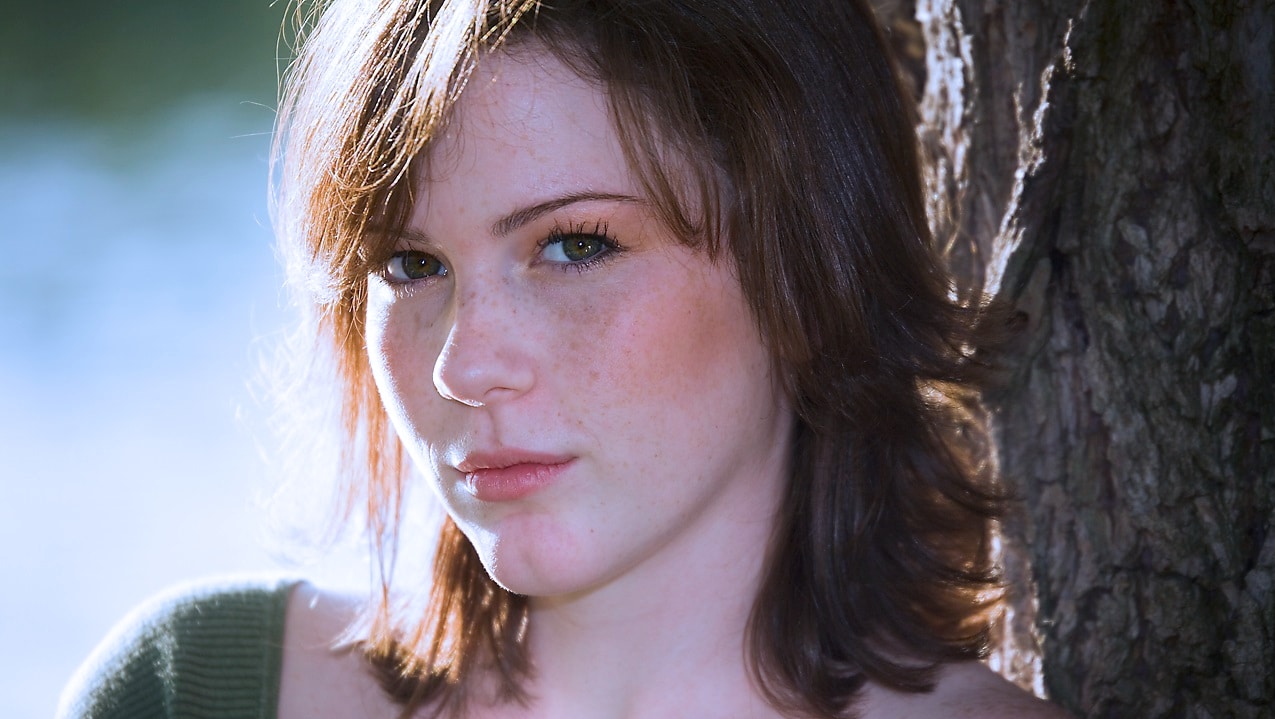
Same exact image as above, except color temperature has been increased to a cooler or higher color temperature. Color saturation and tint or hue has not been changed.
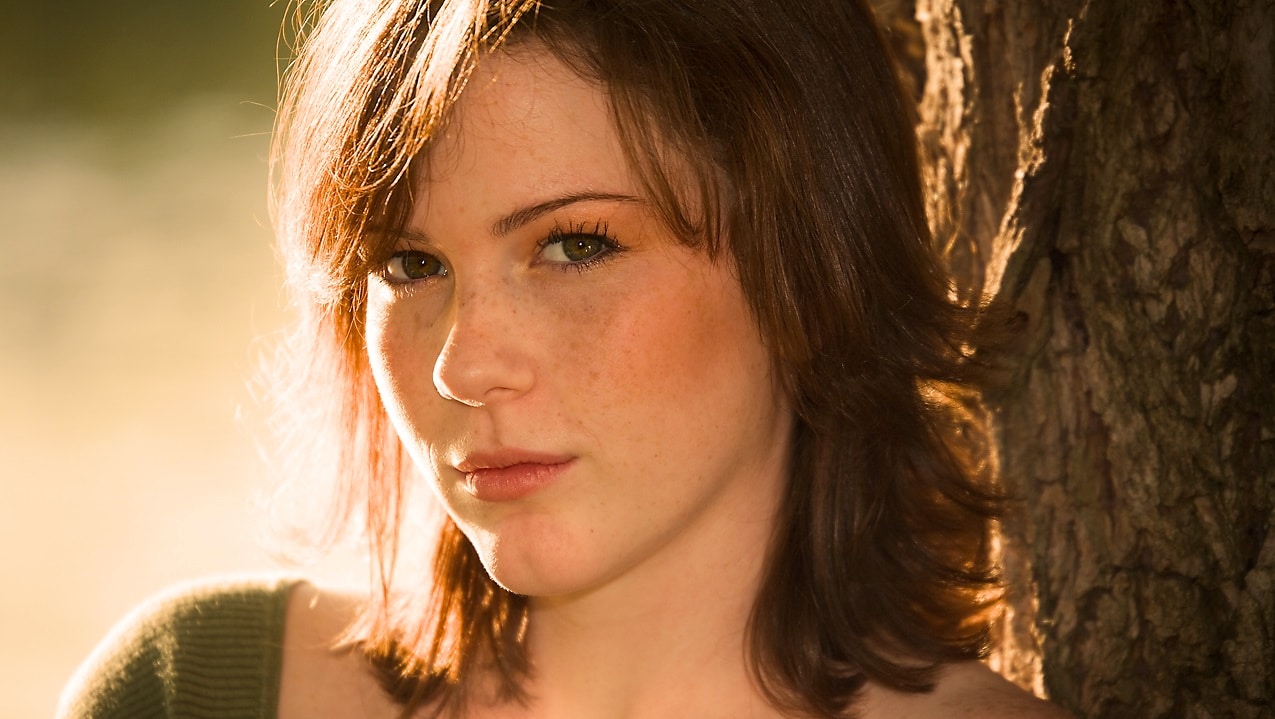
Same image as above, but with a warmer or lower color temperature. A color temperature with a little warmth (6,500 degrees) like the first gal above is usually preferred and best for natural skin tones.
As can be seen above, getting the “color temperature” or “white balance” correct is important to getting the best picture quality. When evaluating new products, always check the menu items and make sure it has a good range for white balance (sometimes called color balance) – as it will be important for getting the color to look its best. In addition to “color temperature,” the next two most important settings for color is color level or saturation, and color tint or hue. In the example below, you can see what happens if they are off:
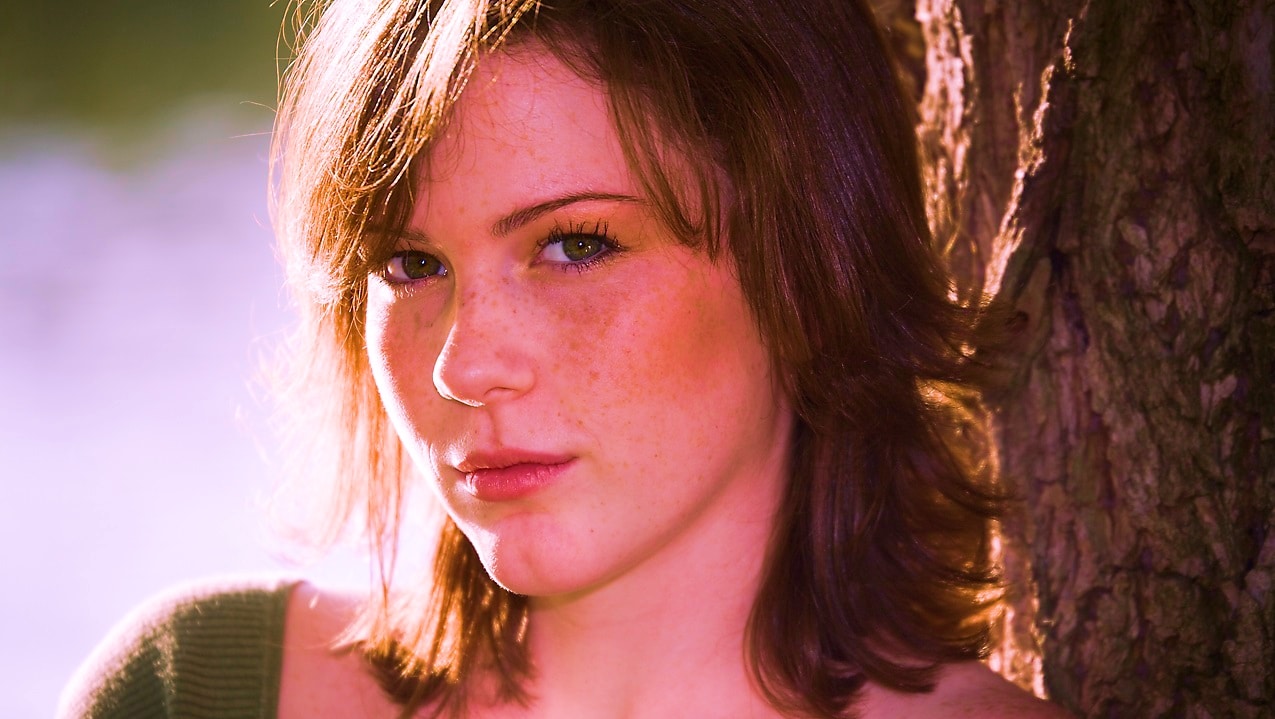
This is an example of having too much saturation (color level) and mis-adjusted hue. It is interesting to note that the “color temperature” or “white balance” has not been changed from the woman in the top image.
A high quality flat screen TV or projector should allow you to get the color temperature, hue, and saturation so that colors will be reproduced in their most natural and accurate way possible. It is important to note that many modern flat screen TVs have many automatic circuits that should be turned off if you want to fully enjoy the best picture quality and are willing to learn to make a few adjustments on the initial setup. Always check the menus or look for ISF calibration capability if you want to ensure the highest reproduction quality possible.
The other thing you should understand about color is that there are now more options and capabilities when it comes to color space, or the range of colors that are now possible – in both flat screen TVs and projectors. The expanded color and wider range of color is called DCI P3, or even wider color is called REC 2020.

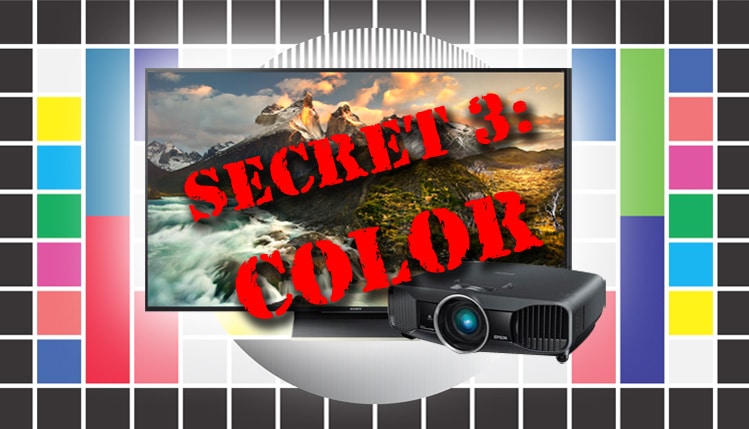

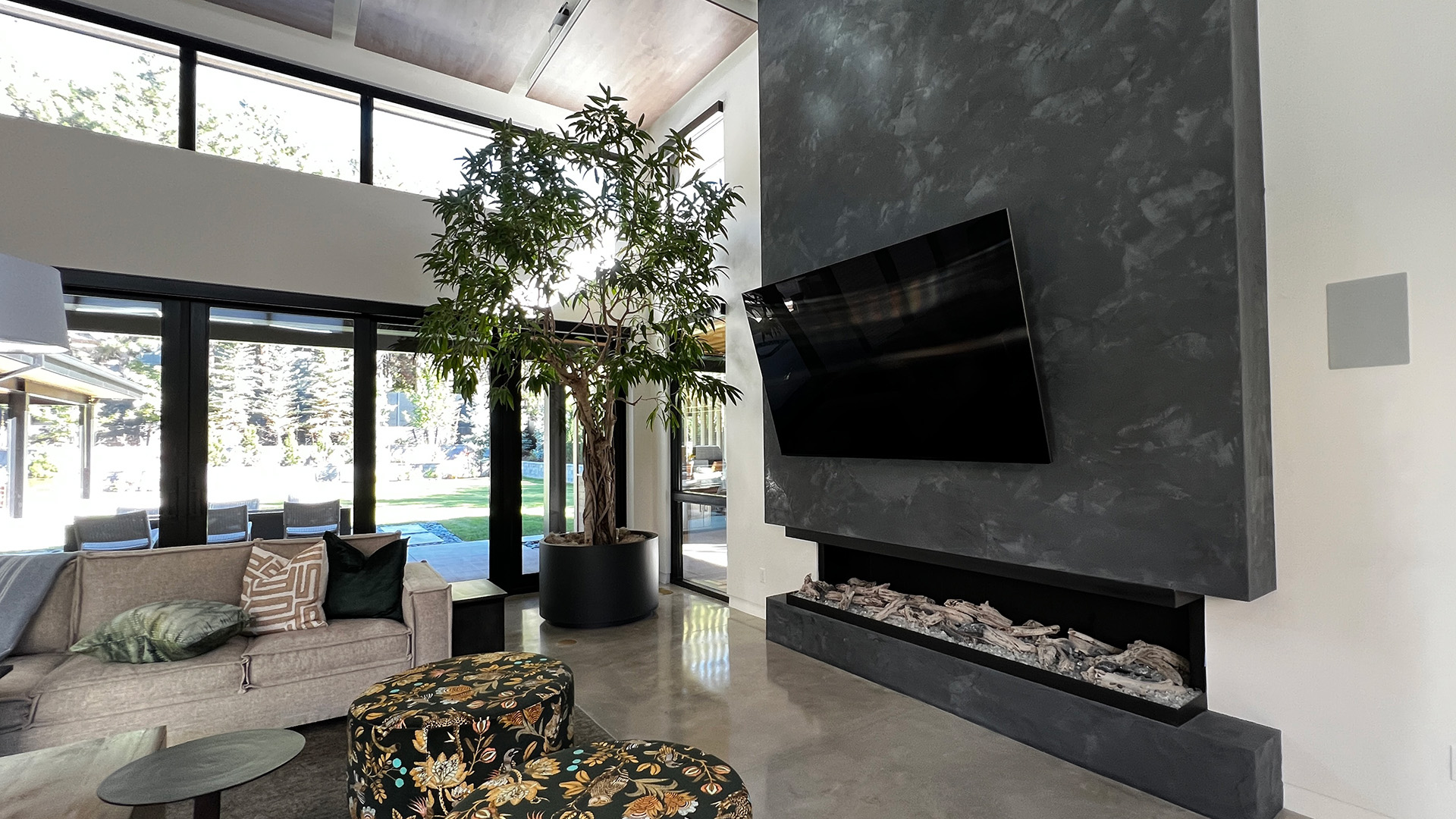
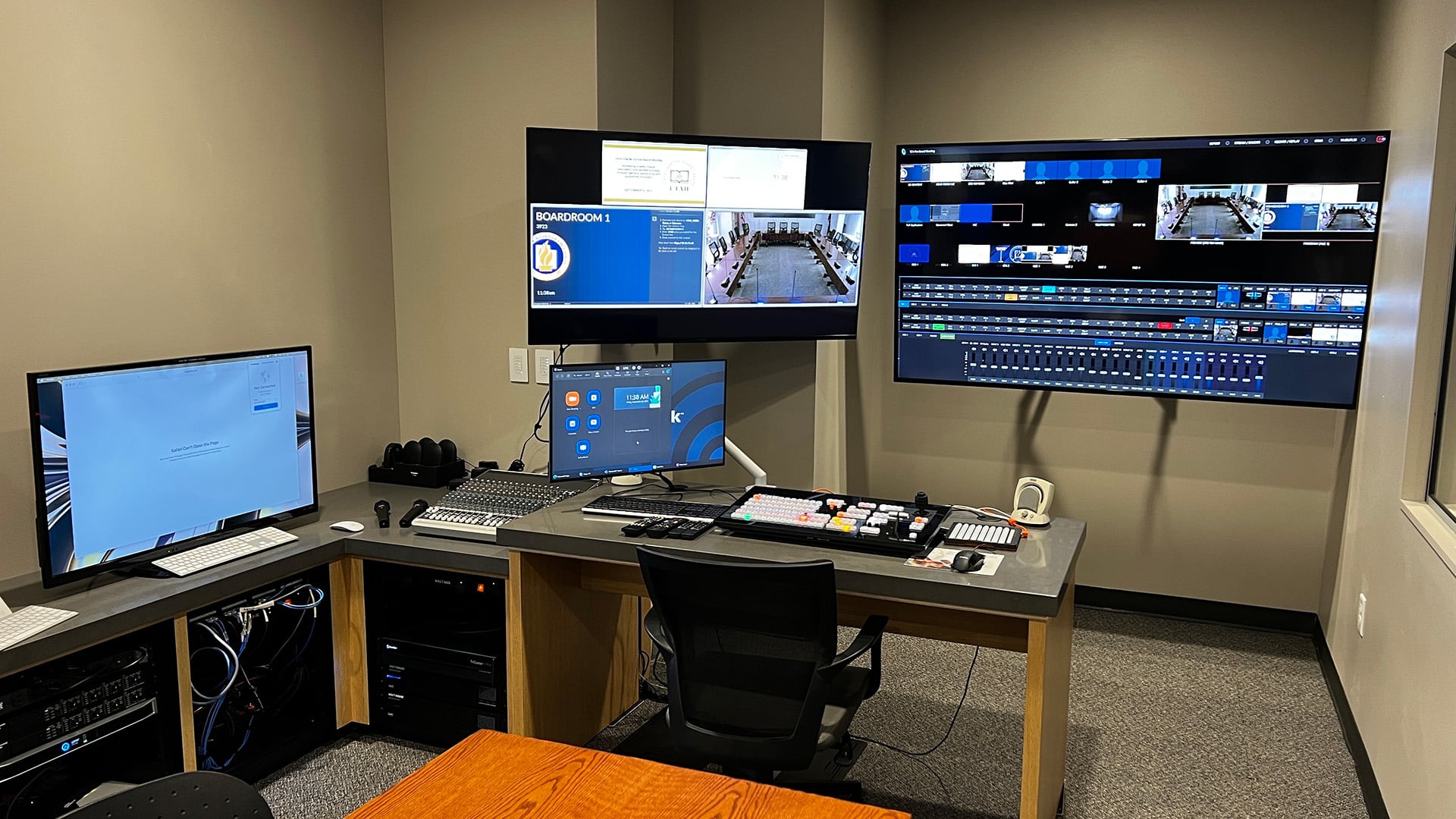
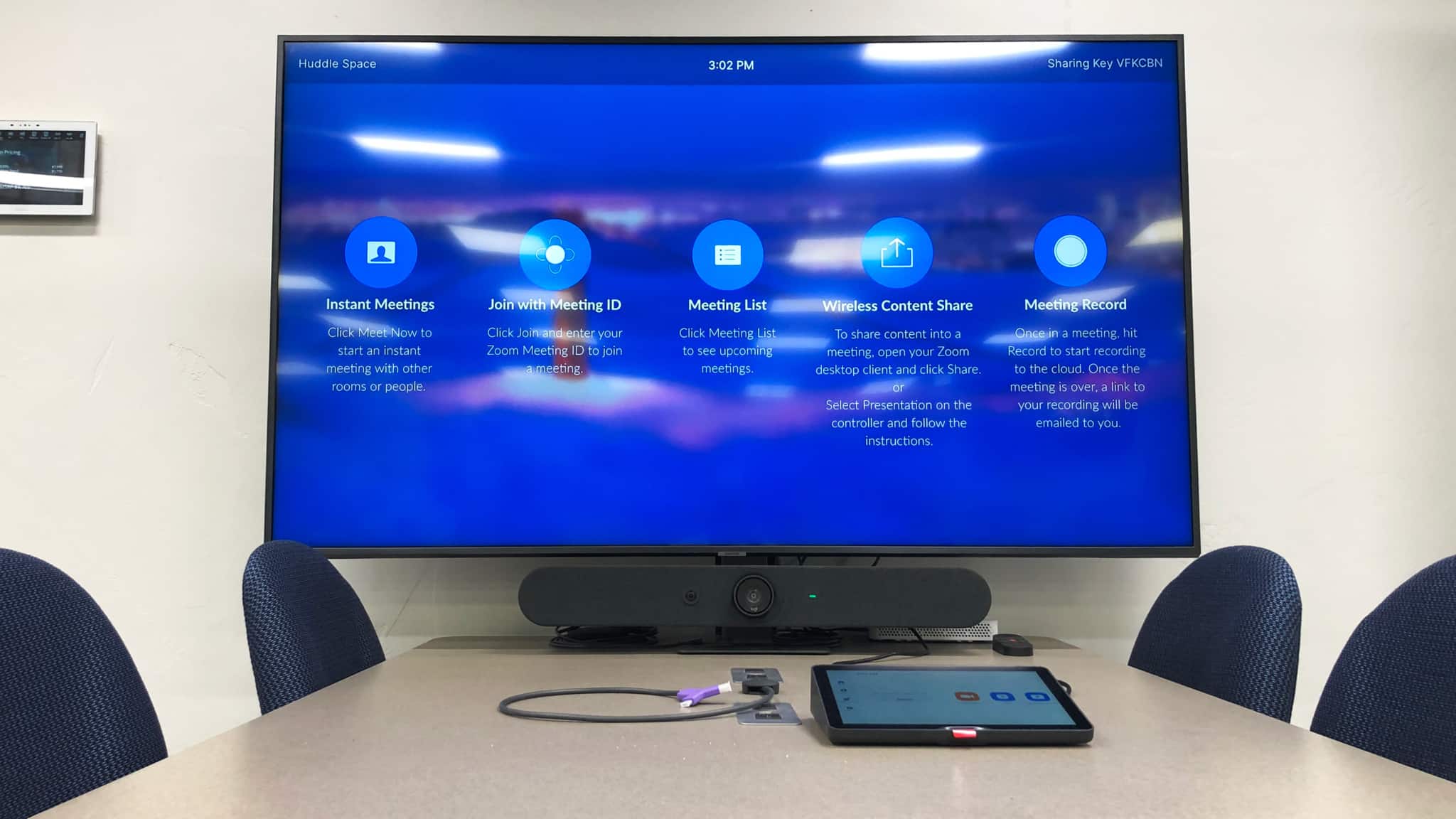
0 Comments